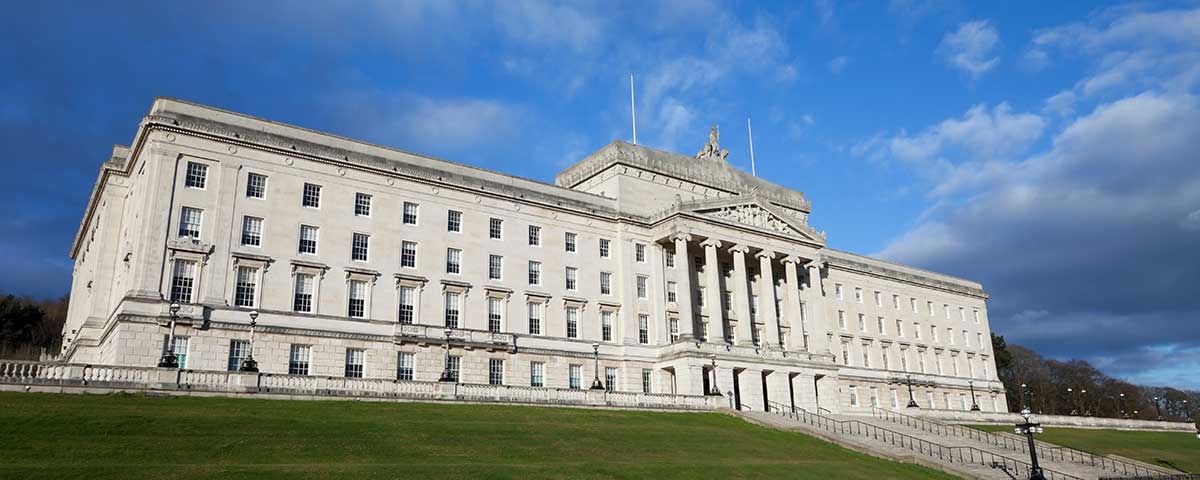
Rising carbon dioxide levels in the atmosphere could have detrimental impact on our planet’s climate and ecology, but how do we combat it? Tetra Tech Associate Director, Conor Lydon suggests it is necessary to embrace innovative technologies to meet this challenge. Part of the solution must involve exploiting the earth’s natural heat reservoir.
At a recent Chartered Institution of Water and Environmental Management (CIWEM) conference, held in Belfast, Conor advocated for the use of ground source heating and cooling (heat pumps) in meeting our climate change targets.
He said: “In a year where we have seen wholesale gas prices rise by around 30 percent, home heating oil prices by almost 50 percent, and the price of fuel at the pump by 15 percent, it makes good economic sense to transition towards more sustainable technologies.”
Whilst it won’t single-handedly reverse the current climate change trend, he underscored its attractiveness in delivering CO2-efficient space heating and cooling, as well as reducing energy consumption and fossil fuel reliance.
It works like this: thermo-geologists drill boreholes into the earth’s heat reservoir, after which heat pumps are used to raise the temperature of the earth’s natural heat to a useful level. This technology can be employed anywhere, as the low-grade heat being exploited exists everywhere in Great Britain and Northern Ireland.
Ground temperatures below depths of circa 15 metres remain relatively constant and unaffected by climactic changes, whereas at 100-metre depths in Northern Ireland, they generally maintain a consistent temperature of 12 to 13 degrees Celsius. While higher temperature reservoirs of heat do exist, exploiting depths of between one and two kilometres is costly and challenging.
Conor, who actively undertakes thermogeological feasibility assessments, showcased several commercial applications he has been involved with in Northern Ireland including the recent School of Biological Sciences for Queens University Belfast. These schemes have achieved greater heating and cooling efficiency at a fraction of the cost. But the technology is just as applicable to residential schemes as it is commercial properties; in fact, it’s already widely used by dairy farmers to cool their milk.
Unlike other sustainable technologies, ground source heating and cooling technology is climate change-proof because it isn’t affected by external weather conditions. With that said, Conor noted the need to study the geology and hydrogeology of a site during initial feasibility, as they can influence the type of ground source heating and cooling system installed.
The theme for this year’s conference was ‘Innovation to Enhance and Protect the Environment,’ hosting a mix of consultants and members of statutory bodies. CIWEM aims to foster discussions around enhancing the environment and creating a safer, more sustainable world. To learn more about the organisation’s goals, please visit the CIWEM website.
If you want to know more or are interested in incorporating this technology into your build, please do not hesitate to contact Conor Lydon via E: [email protected]